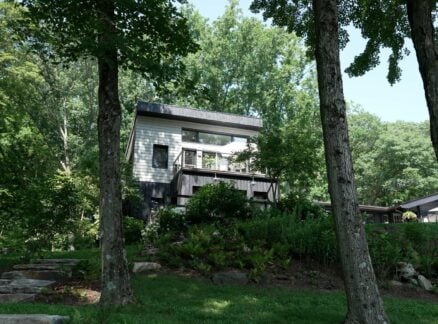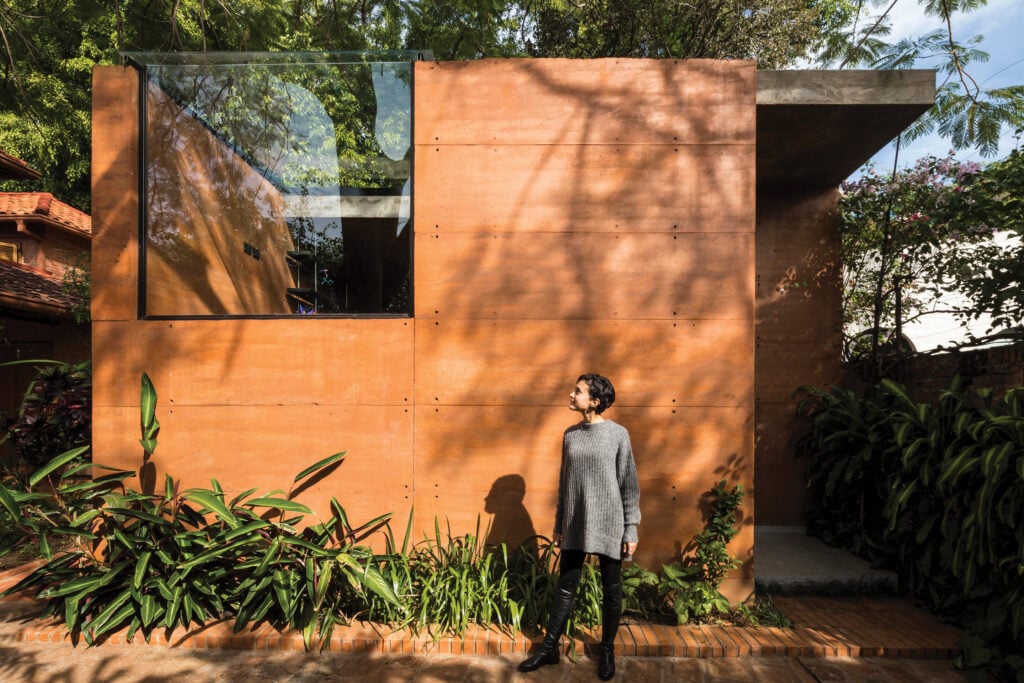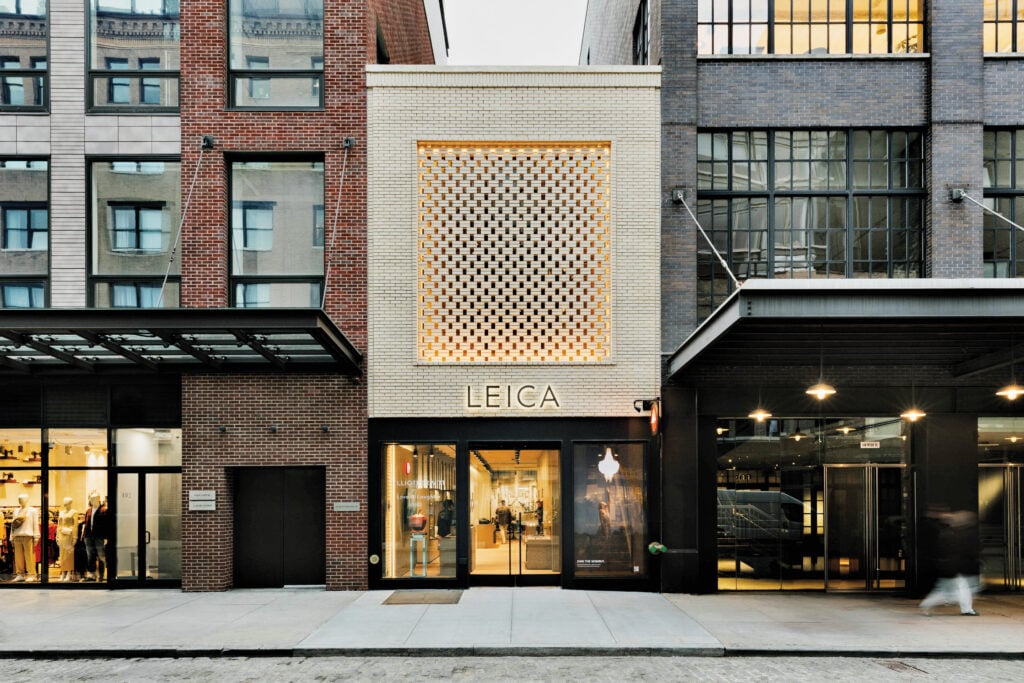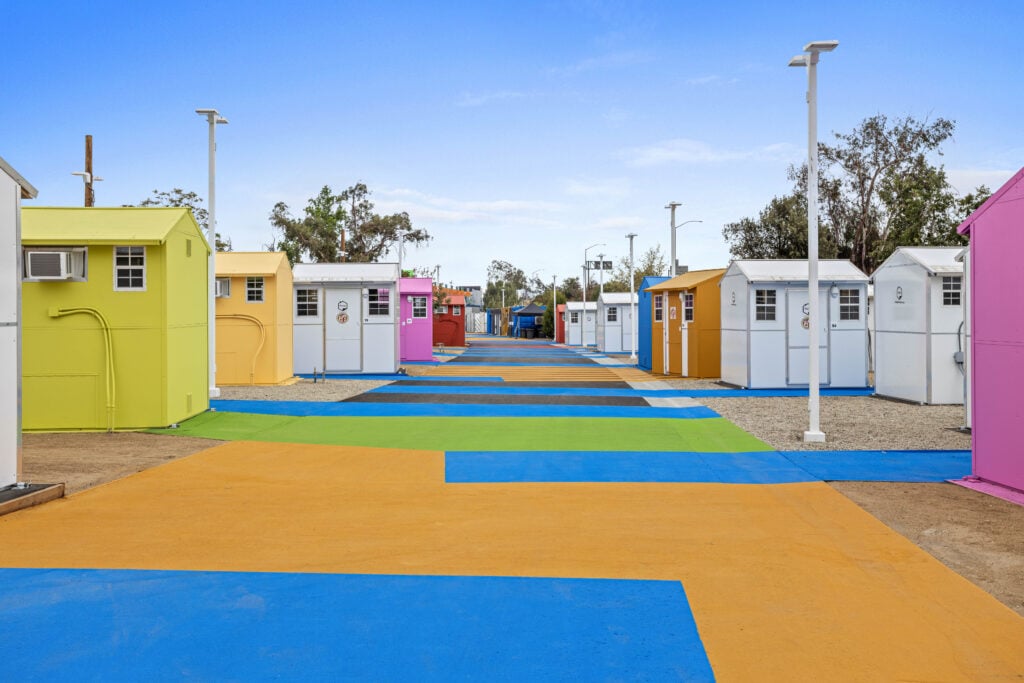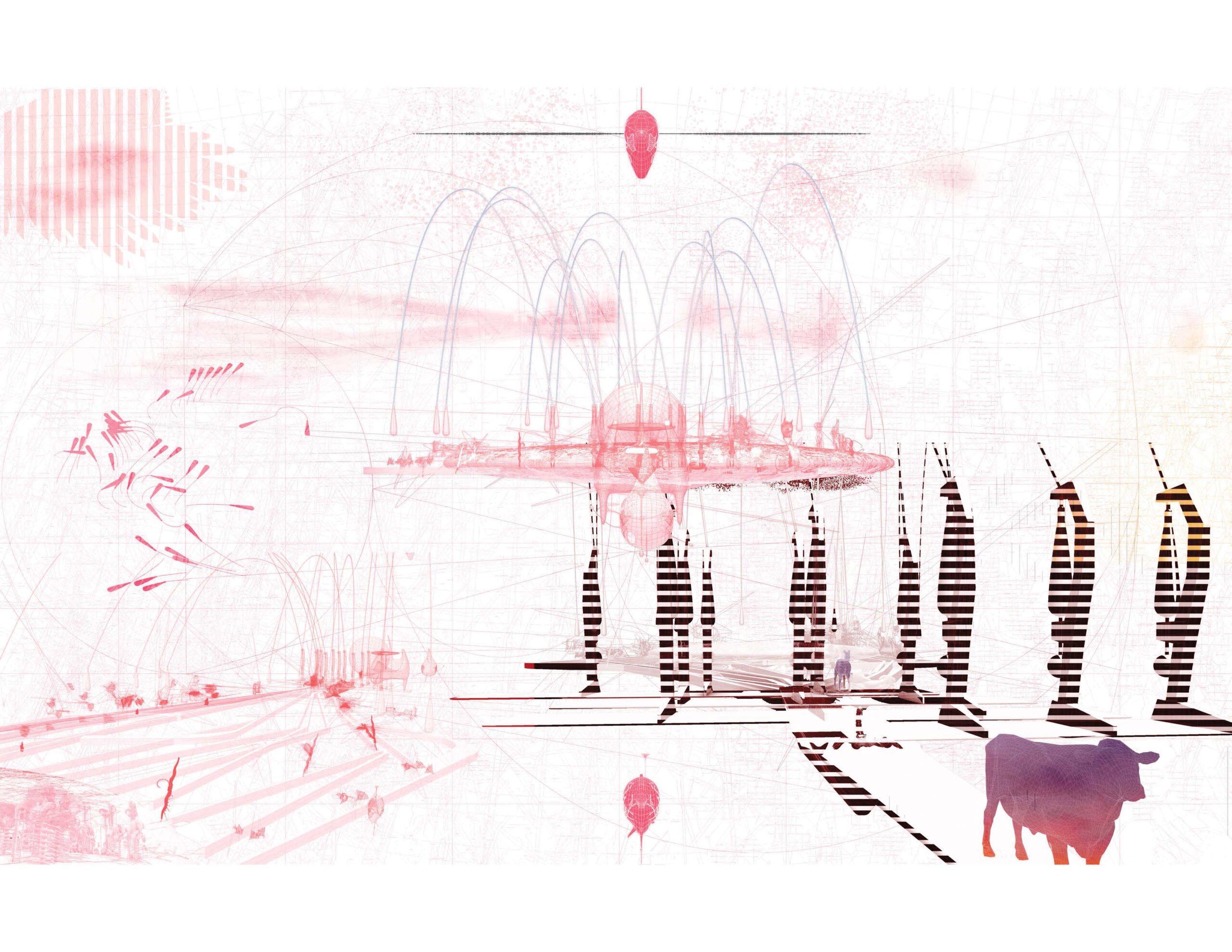
September 24, 2024
Students Imagine New Ways to Deepen Our Connection to Our Environment
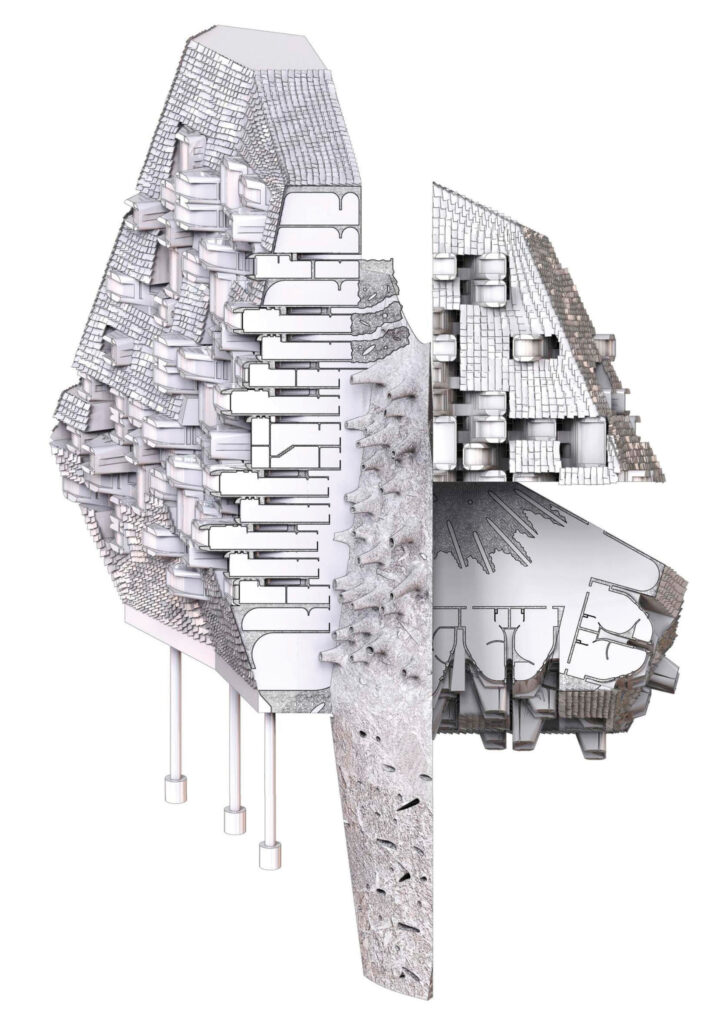
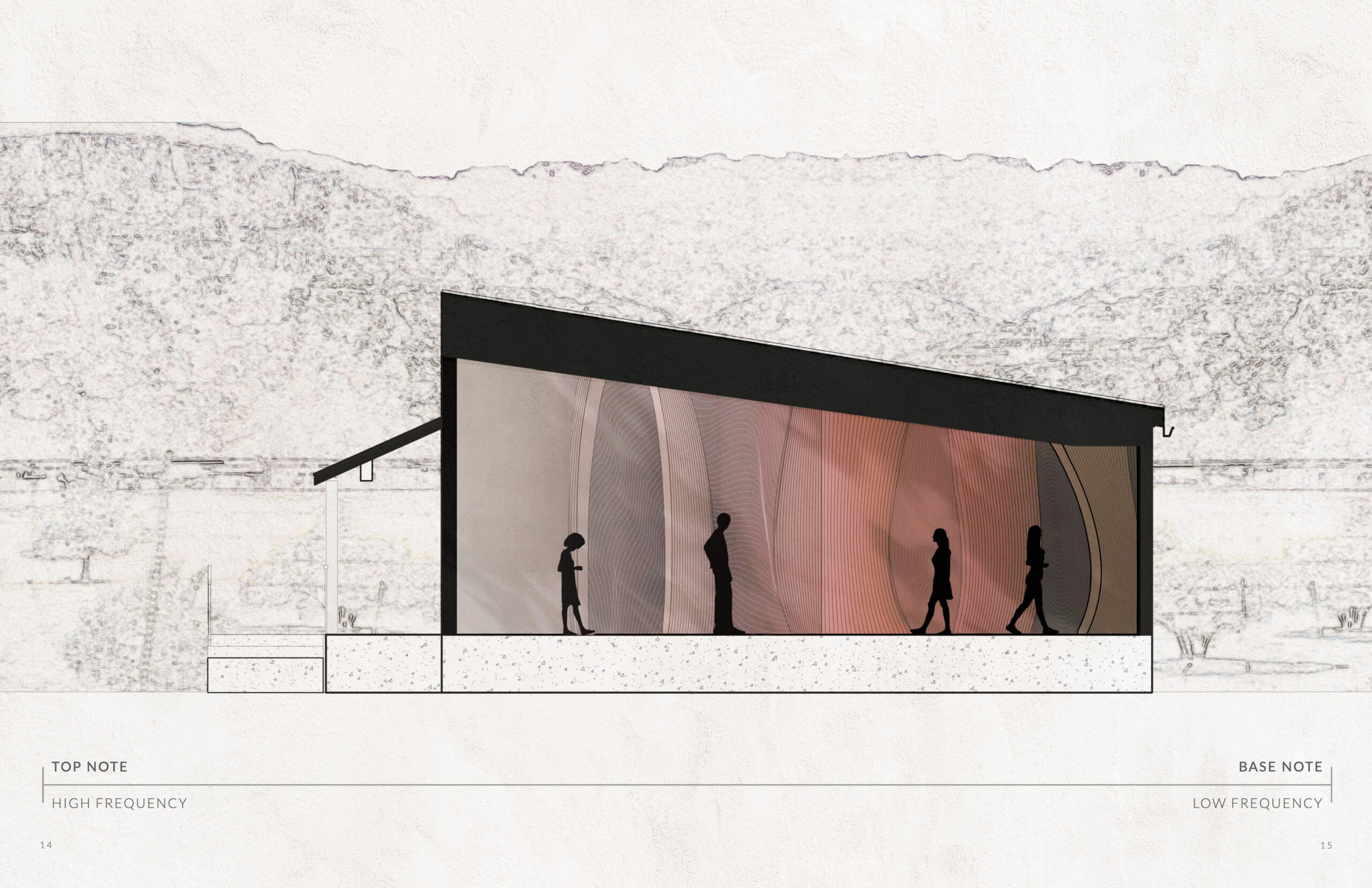
University of Pennsylvania graduate architecture student Kirah Cahill also turns her attention to the nonhuman world. Latrans Cohabitator portrays an elegant, detailed example of what our world might look like if humans shared their homes, harmoniously, with wild coyotes. The imaginative design for the multispecies dwelling helps tell the story of how coyotes have coexisted, mostly unseen, at the edges of human civilization for centuries. Modeled on the way coyotes build dens in the wild, the Latrans Cohabitator addresses the problem of isolation from the inside out: Its craggy, boulderlike form is laced with functional hidden tunnels organized in a system that accounts for both creatures’ daily needs and cyclical movements.
Cahill wants to dismantle the mental barriers that block humans from understanding plants and animals as living creatures. It’s about challenging the cultural norm that “nature is seen as a separate, often threatening entity that must be carefully controlled.” By imagining a built environment that serves and protects two species simultaneously, the Latrans Cohabitator offers a new way forward: What if we extended our sense of safety and comfort to the other forms of life surrounding us?
Embracing the more ephemeral aspects of interior design, Jessica Wilsey’s Notes + Notions highlights the interplay between two primary senses, smell and sound. Her project embraces a moving, multisensory narrative that feels both vivid and immersive—“akin to the complex layers of a symphony or a richly composed fragrance,” says the University of Texas at Austin graduate interior design student. Her Notes + Notions “Fragrance Lab,” designed to foster and celebrate the symbiotic relationship between two lesser-used senses, plays with the rich synesthetic and emotional links between smell, sound, memory, and imagination. “I find the synchronicity between smell and sound to be profoundly rooted in their ability to evoke memories, emotions, and sensations without the confines of visual or tactile boundaries. Both can transport us to different times and places, evoking a sense of atmosphere and mood that is ethereal and deeply personal,” says Wilsey.
The design demonstrates how different senses interact to inform and inspire not only how we feel but also our sense of space (i.e., how we feel in a particular environment at any given time). Notes + Notions uses the acidic sweetness of citrus and the dry heat of burning cedarwood to evoke sultry southwest Texas heat, offering visitors a multifaceted examination of feeling and place, where internal and external connections can inspire new ways of creating.
Each project offers a new way of embodying and moving through the built environment by paying close attention to the interplay of the senses and experiences of all beings.
Would you like to comment on this article? Send your thoughts to: [email protected]
Latest
Profiles
Equipo de Arquitectura Practices Material Sincerity
The Paraguay-based firm integrates material rigor and contextual design into its cultural and residential projects.
Profiles
Format Architecture Office Envisions an Expansive Design Process
Format Architecture Office (FAO) helps clients hone their vision with a focus on the driving forces behind each design decision.
Profiles
Pallet’s Tiny Home Villages Build a Bridge to Permanent Housing
The Washington-based company creates rapid response shelter villages that can be constructed in a matter of days.

